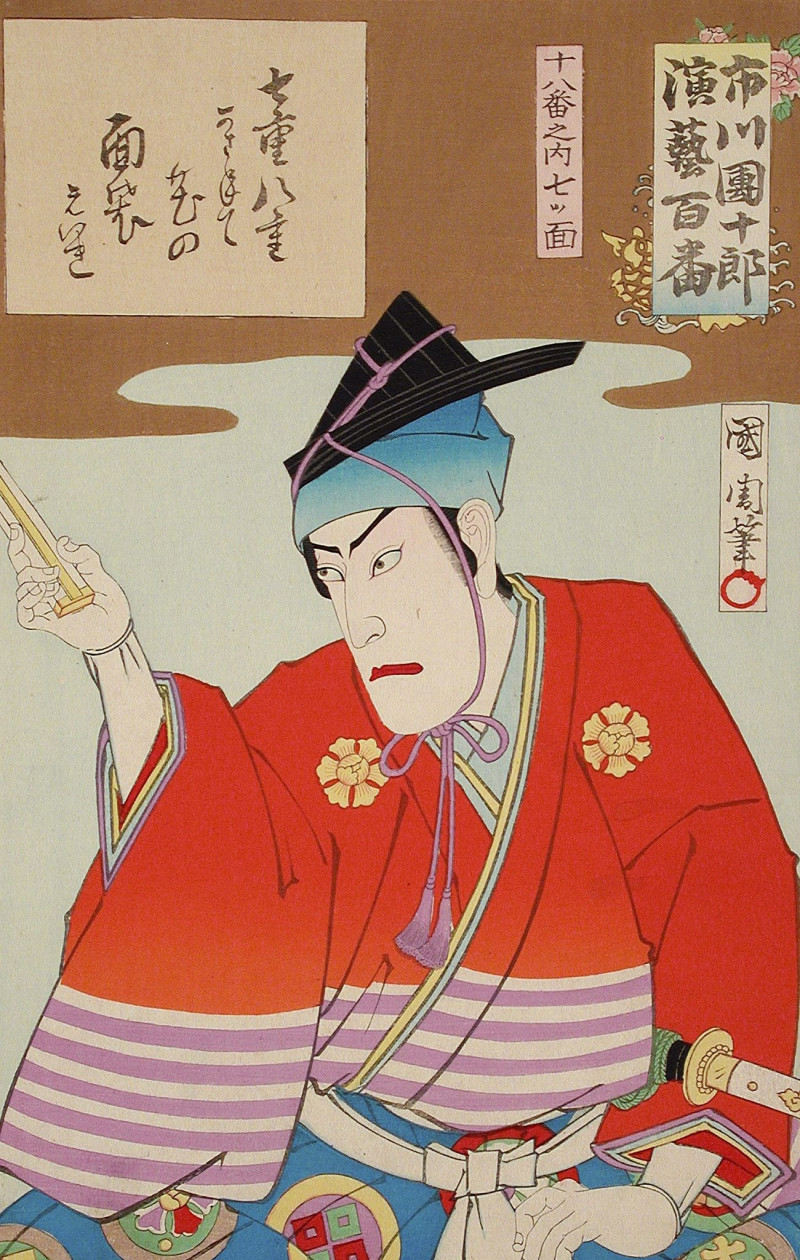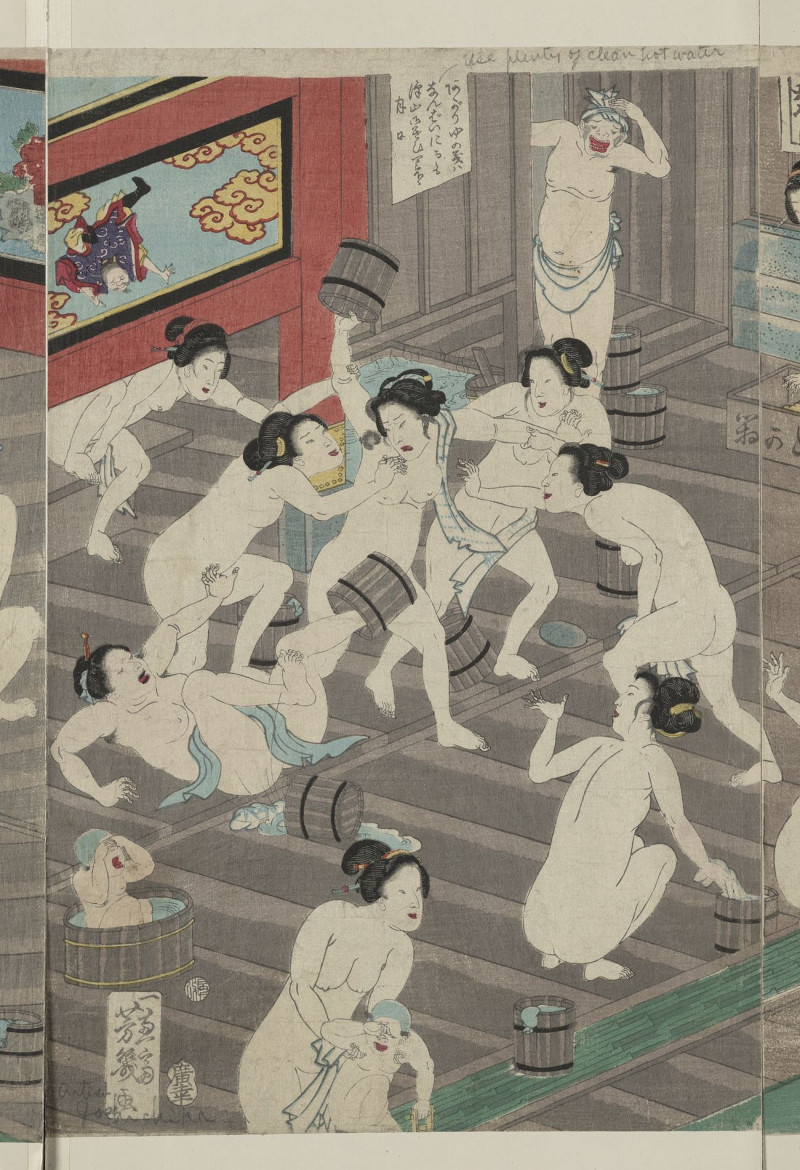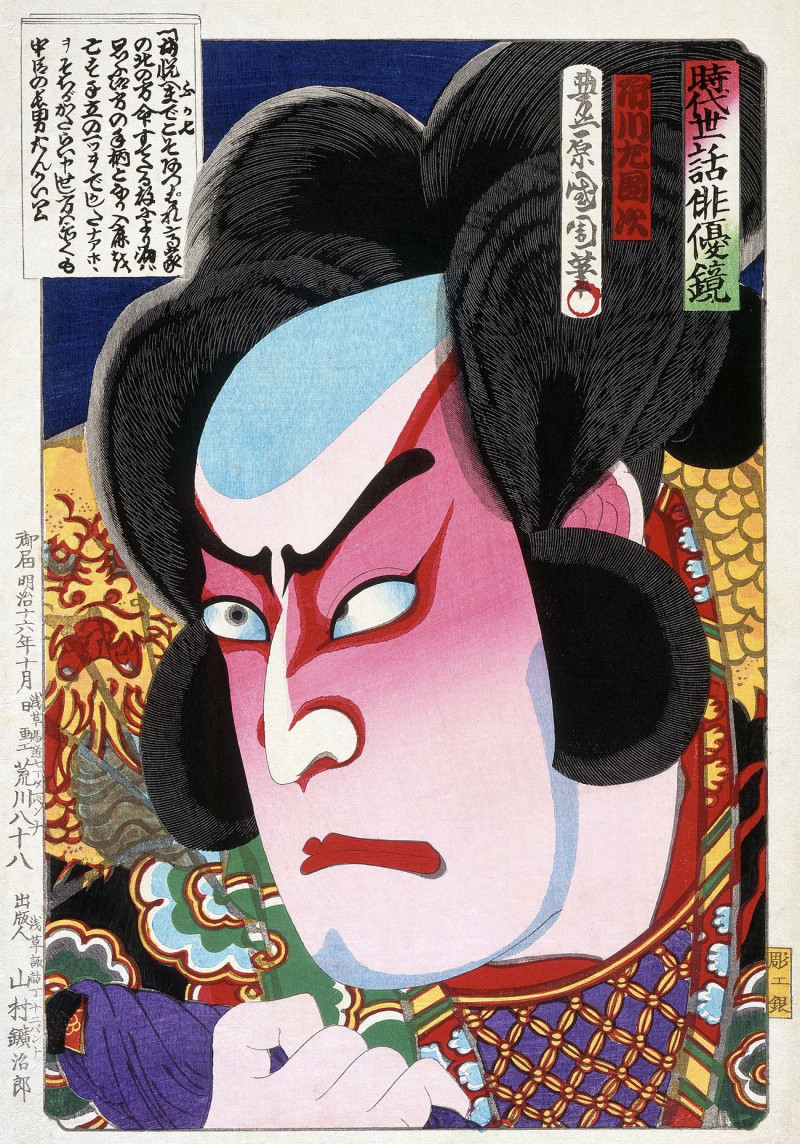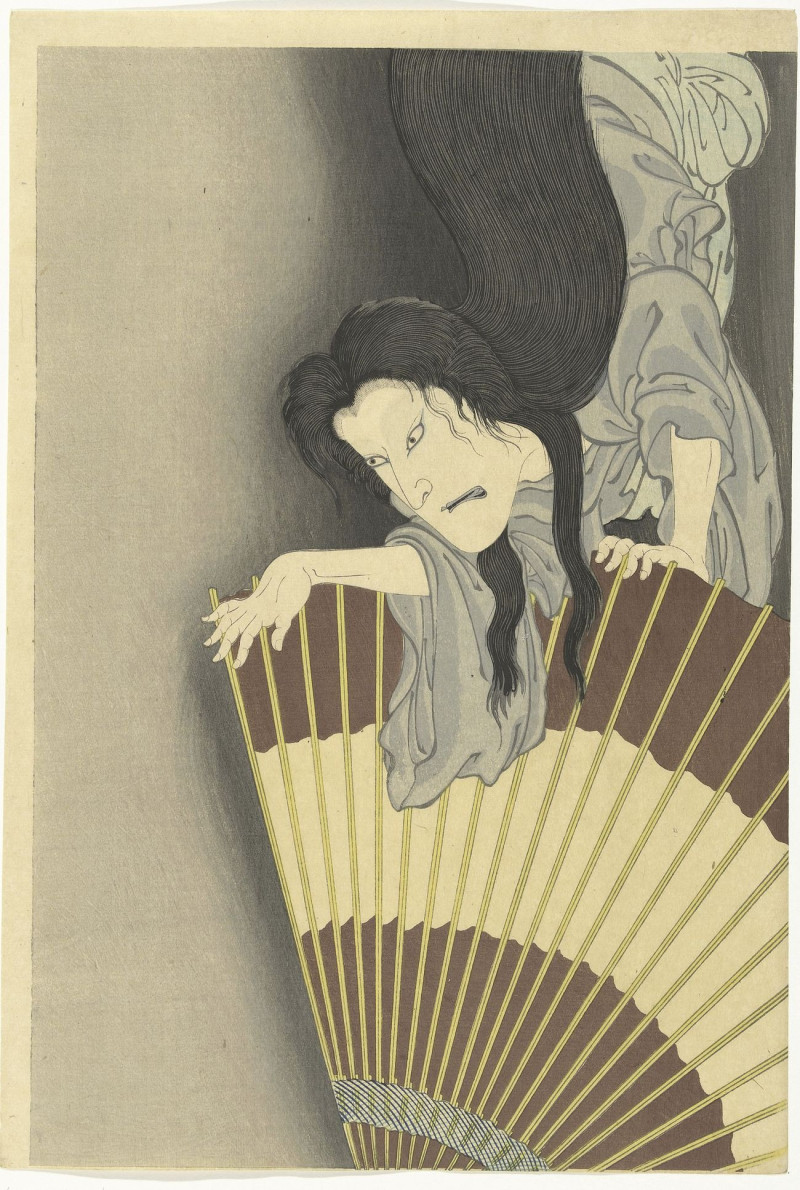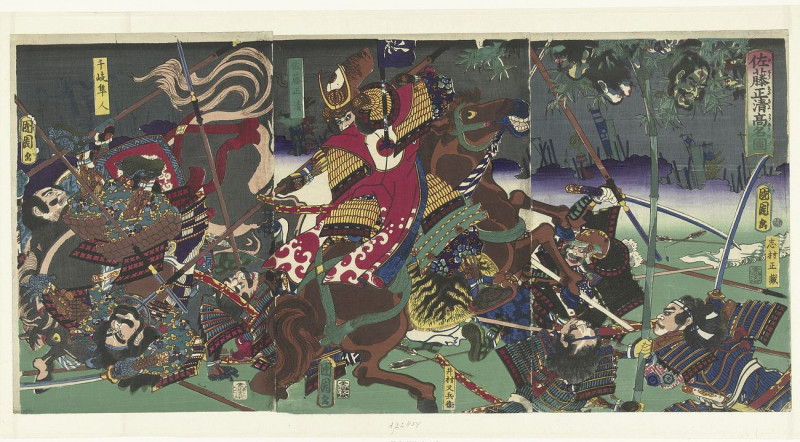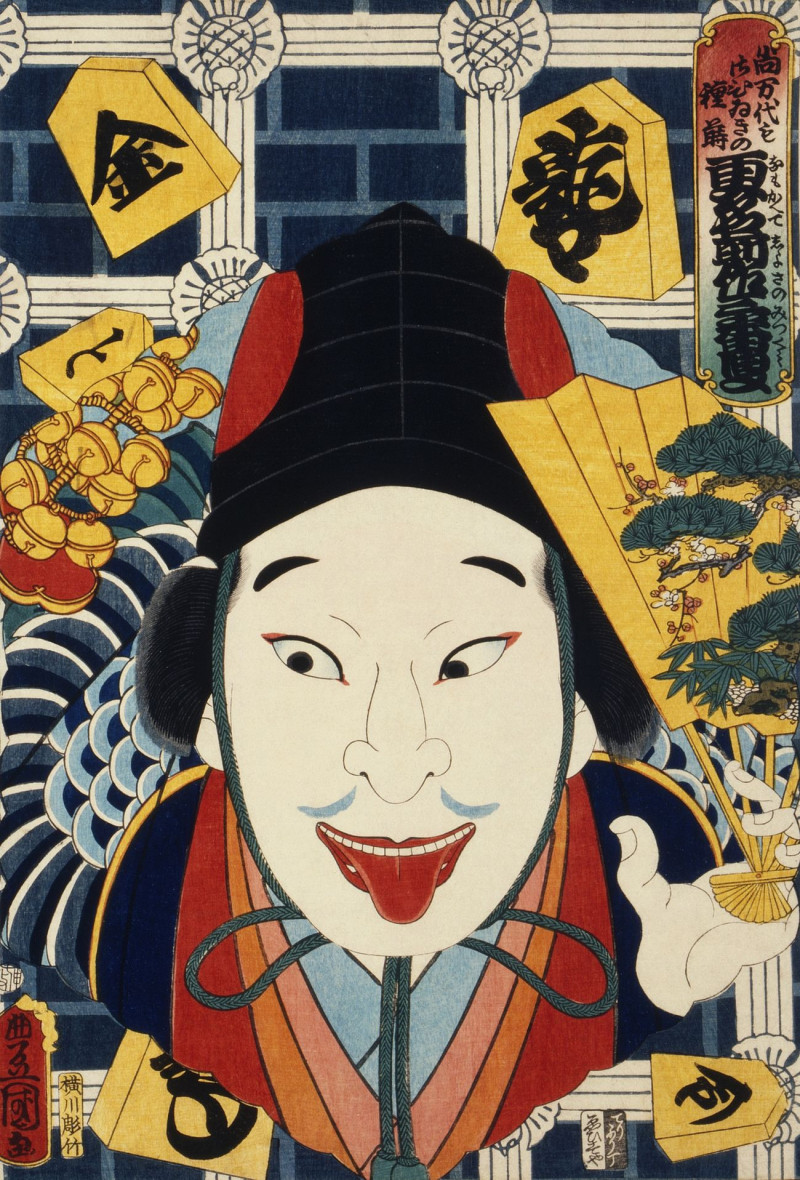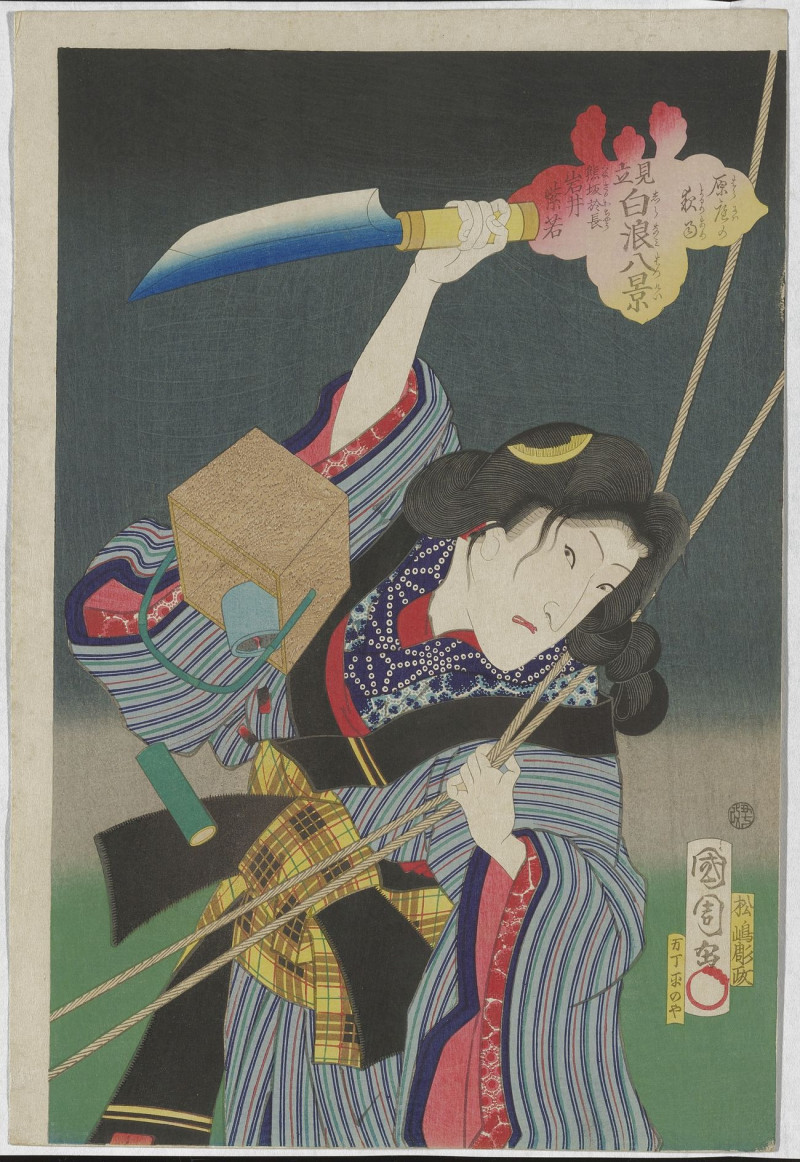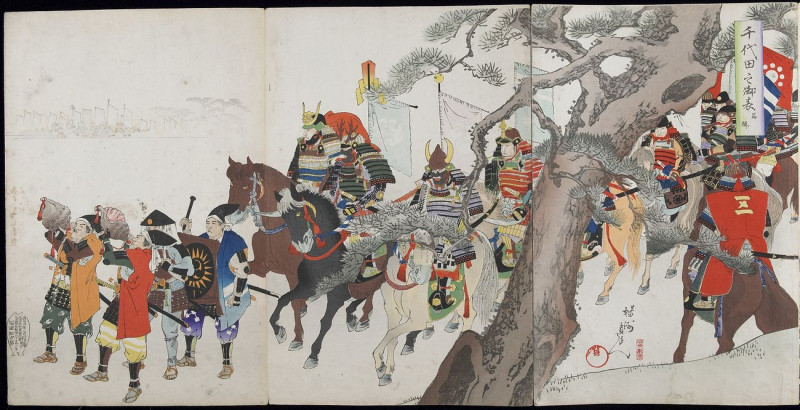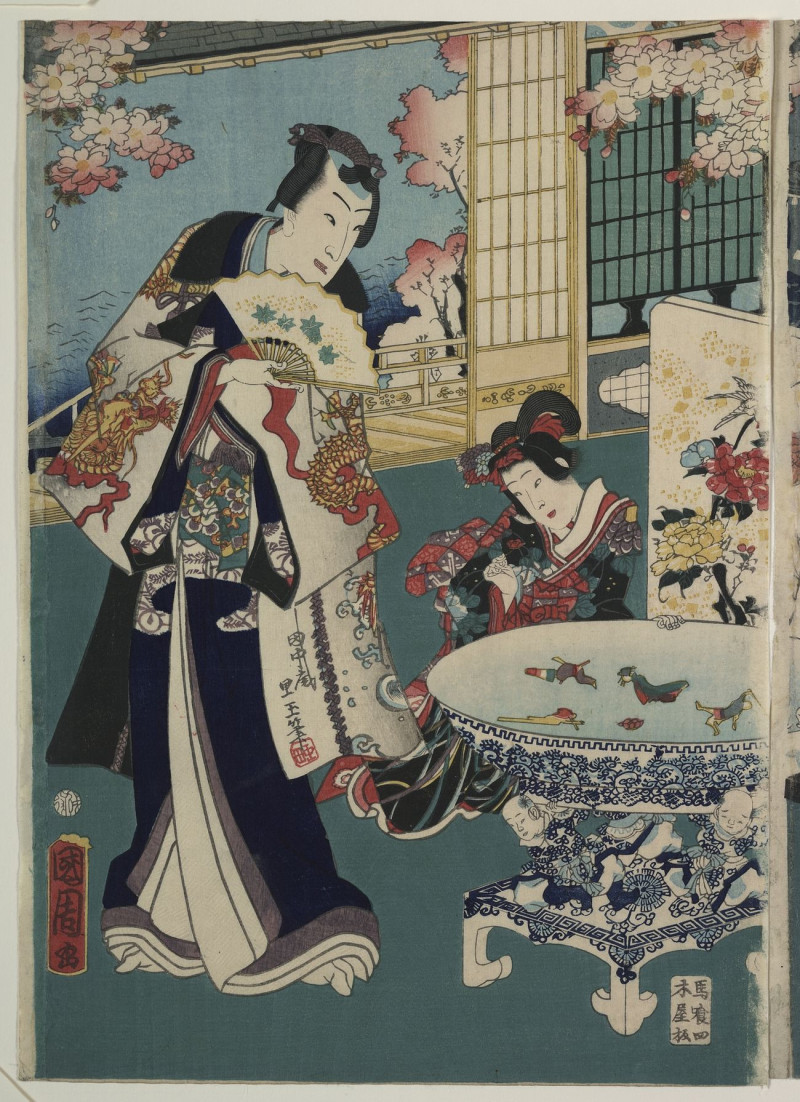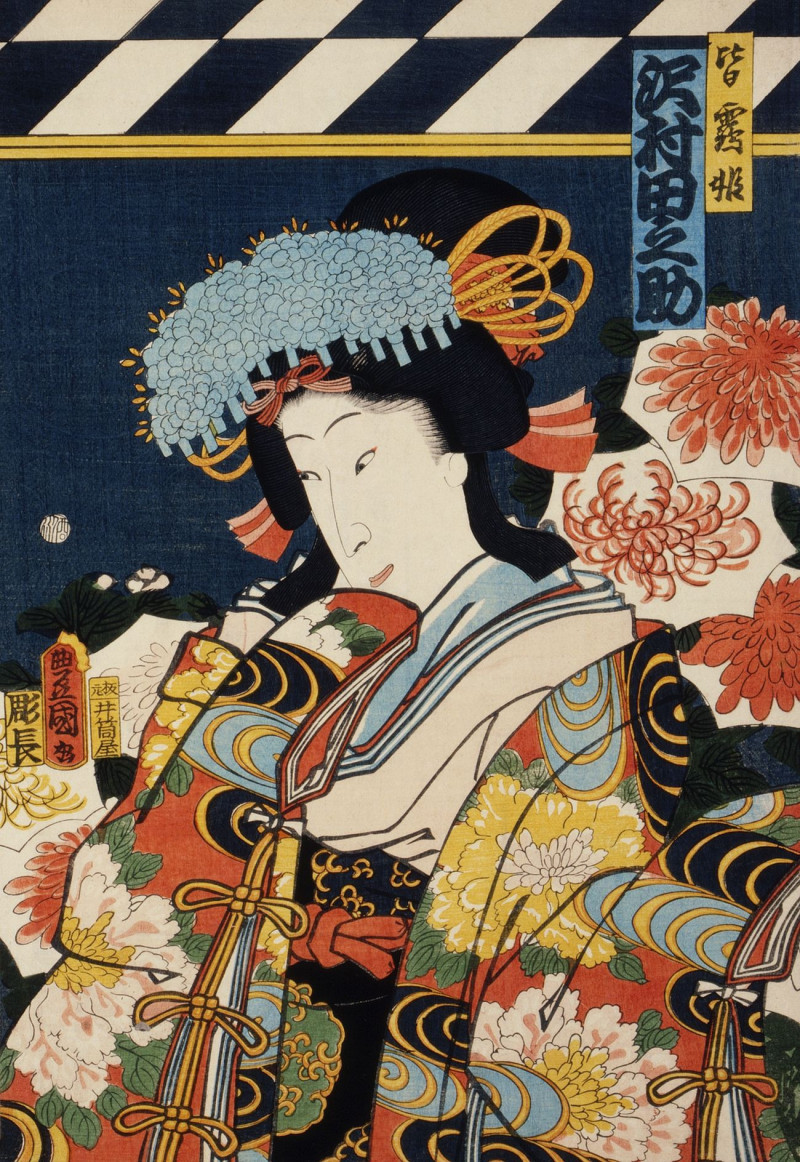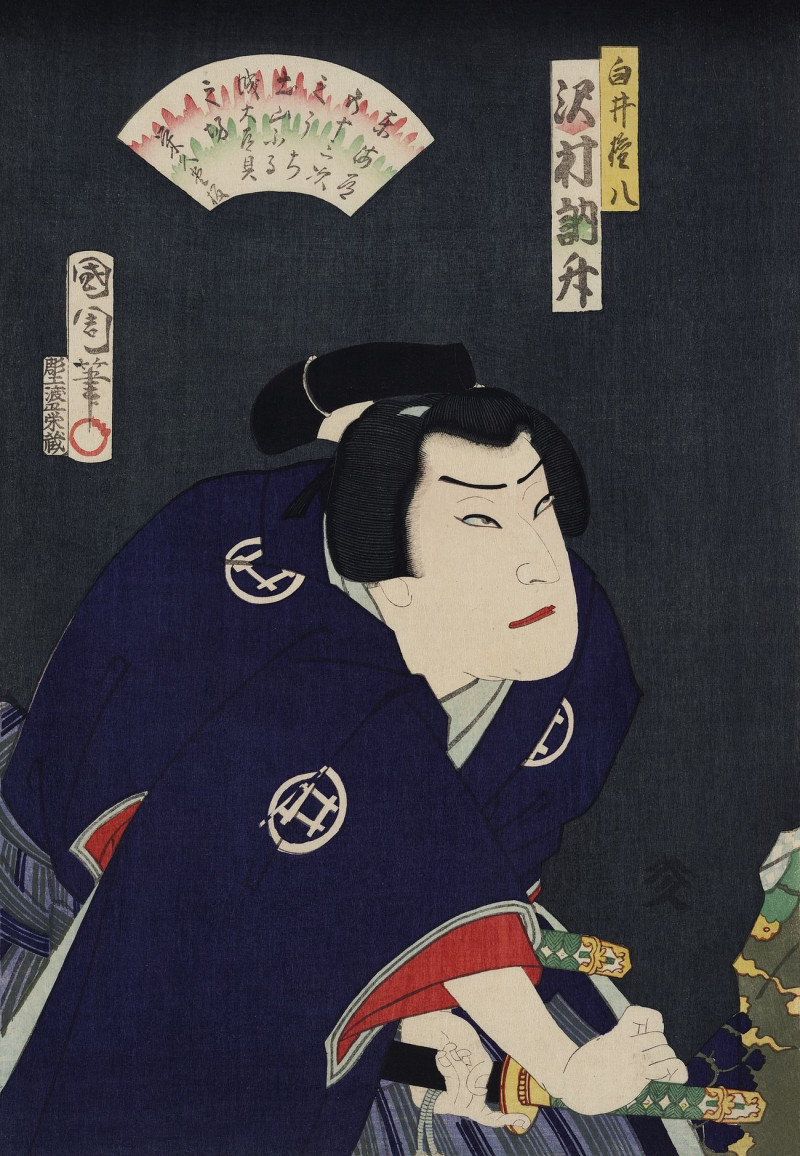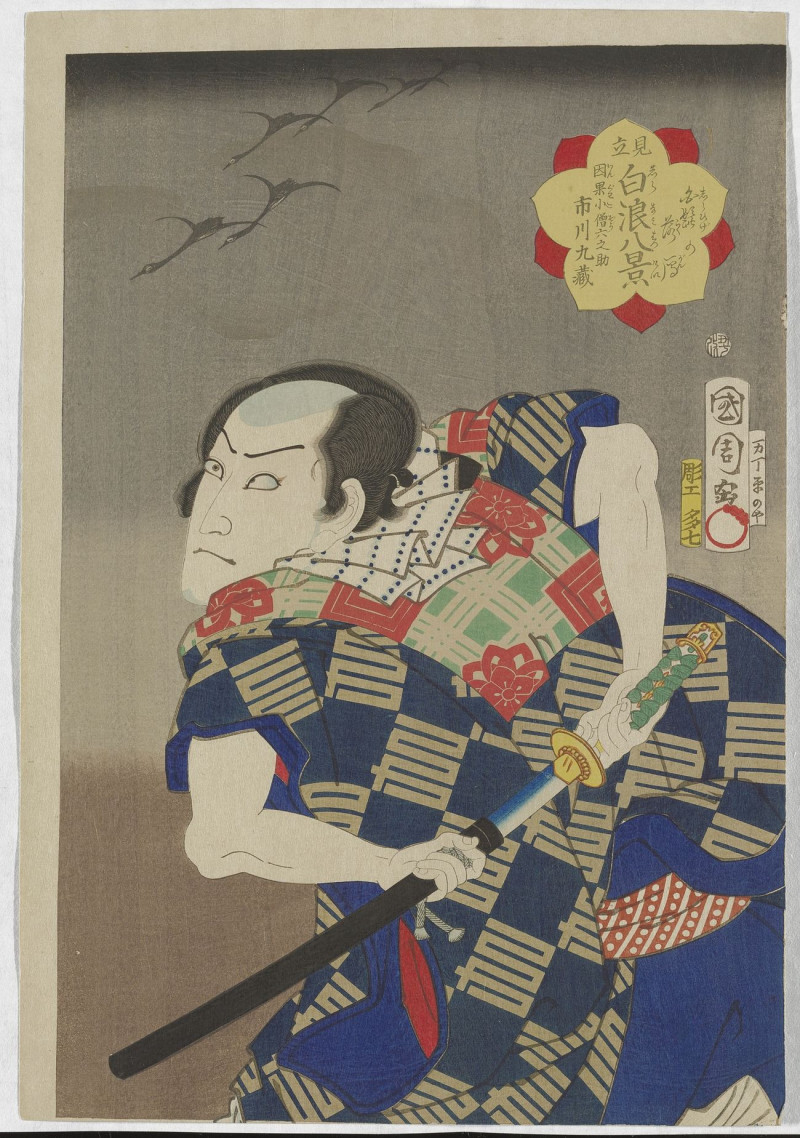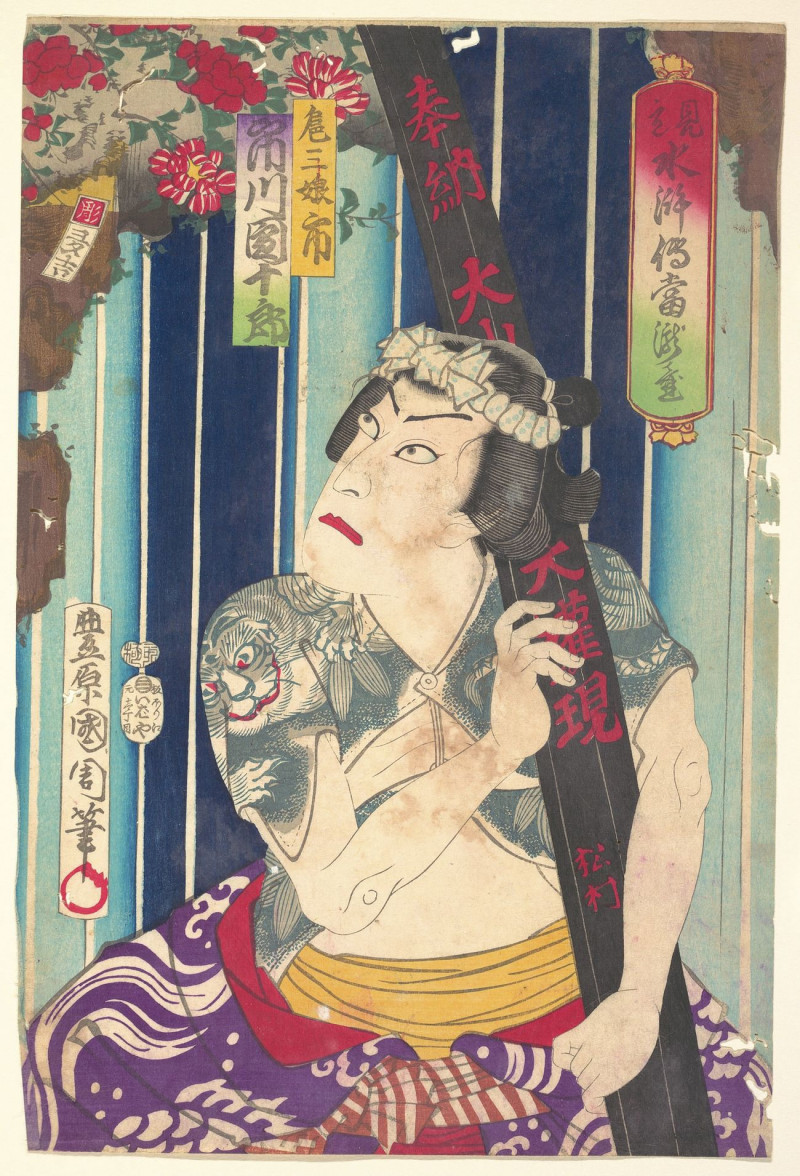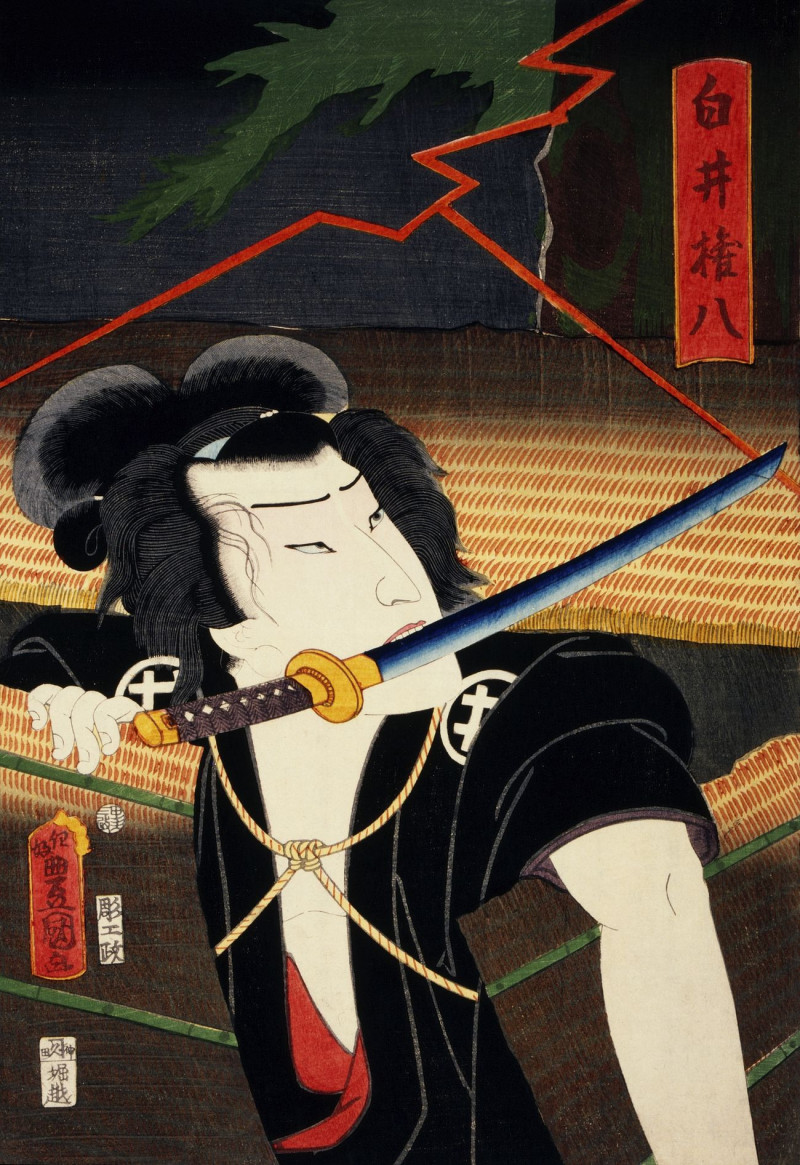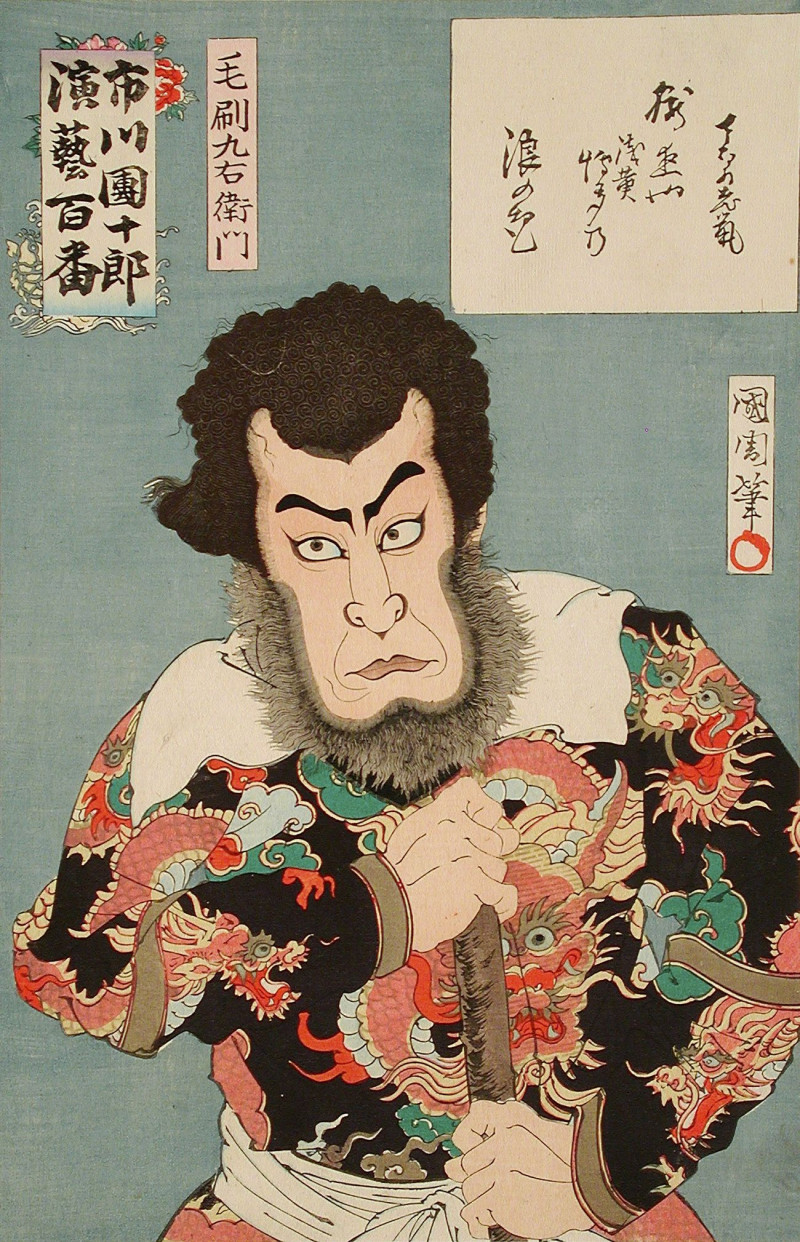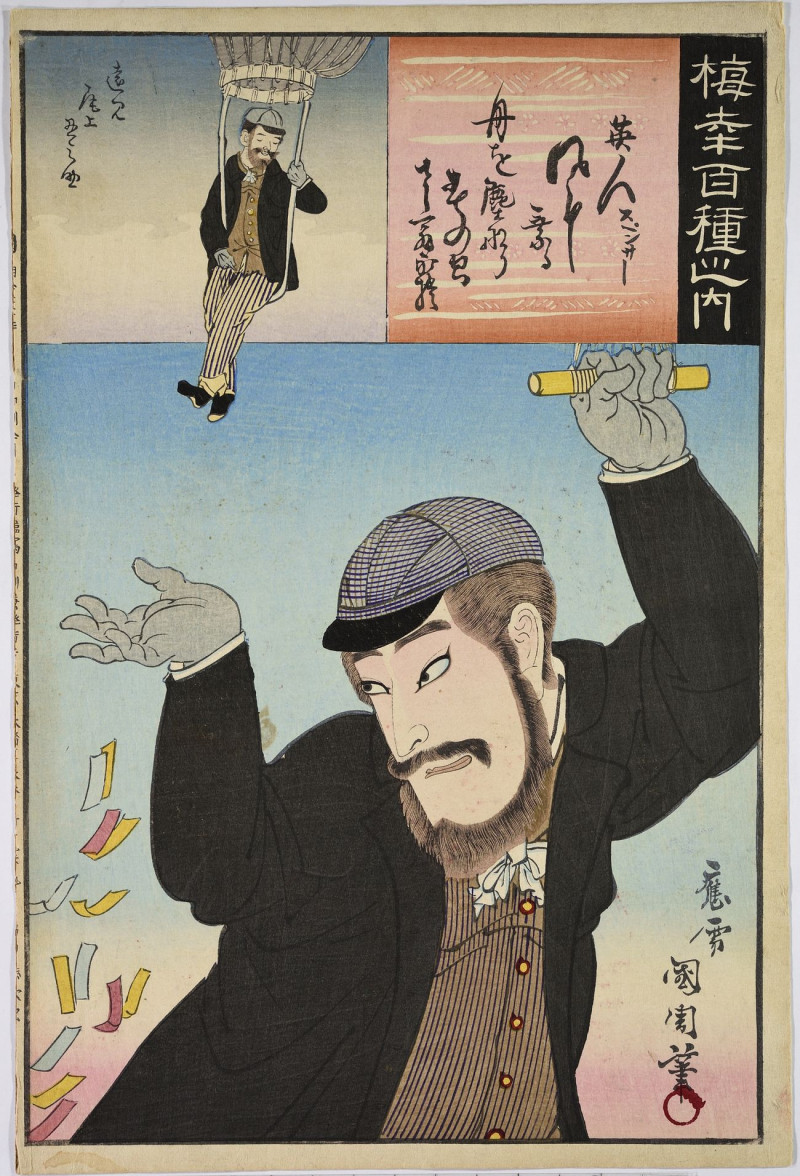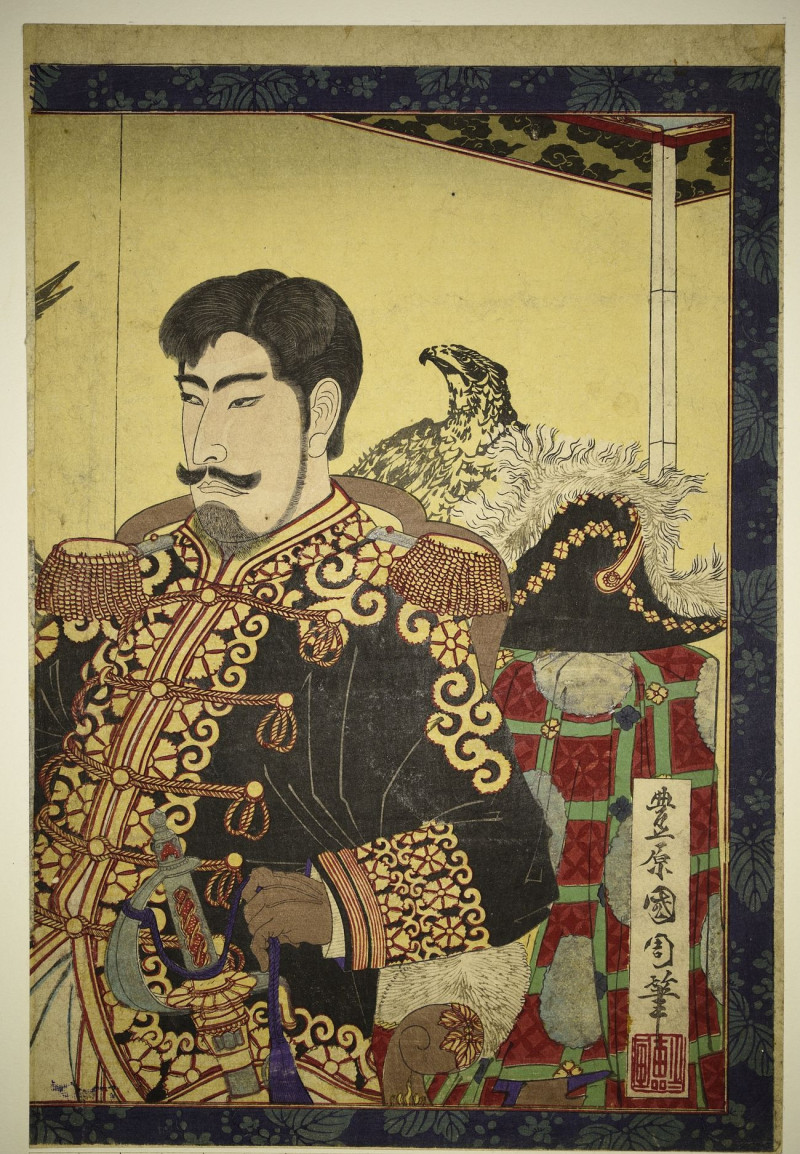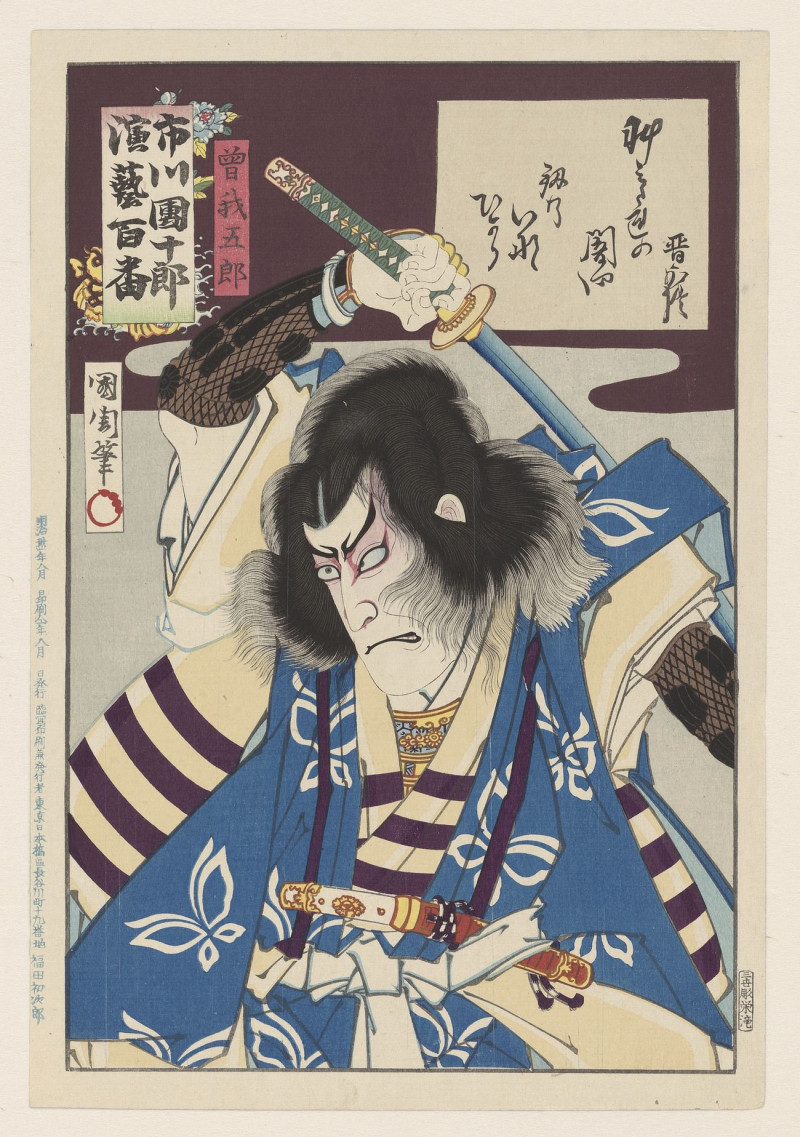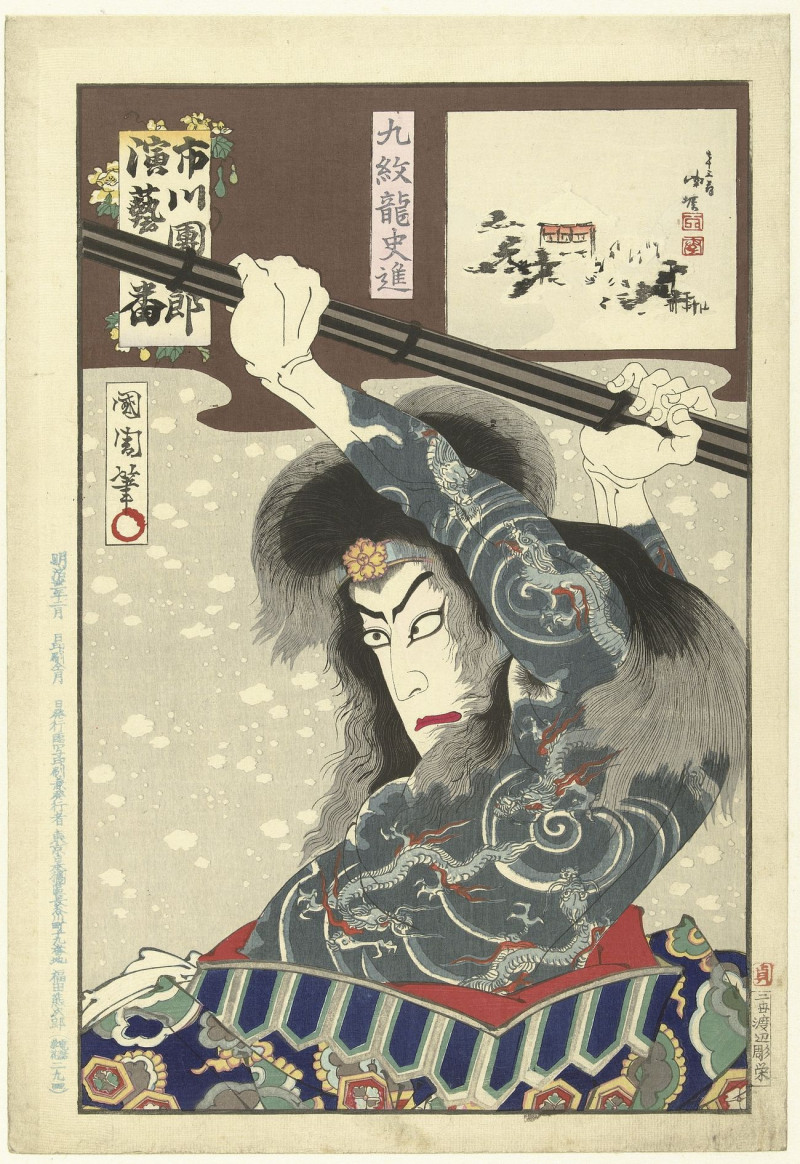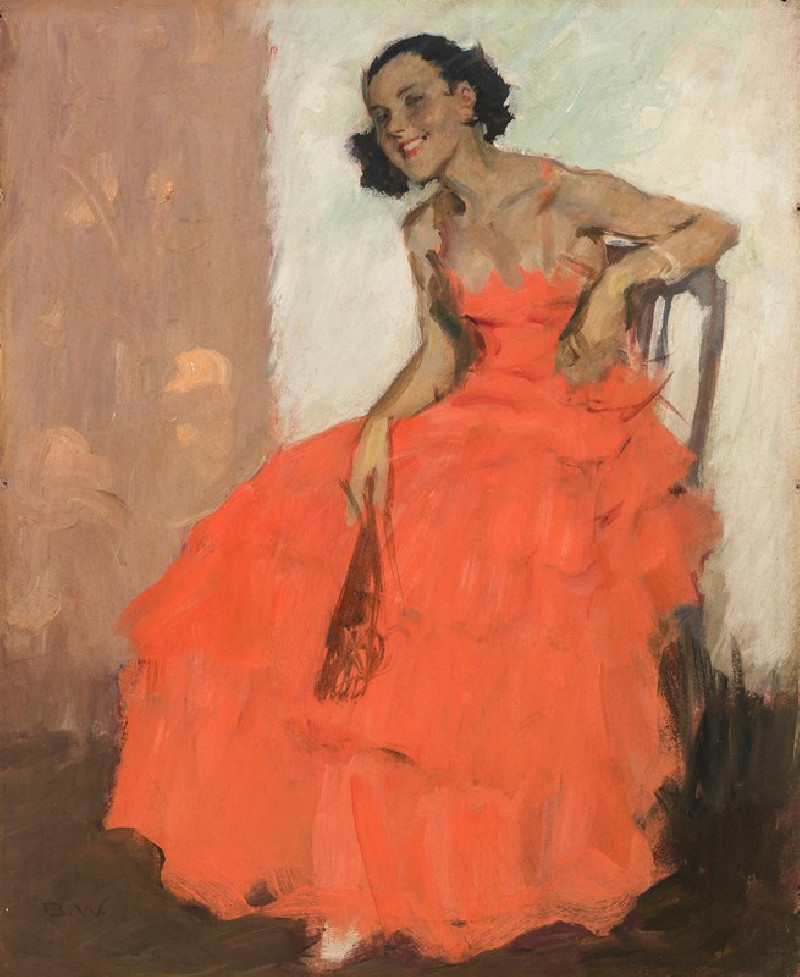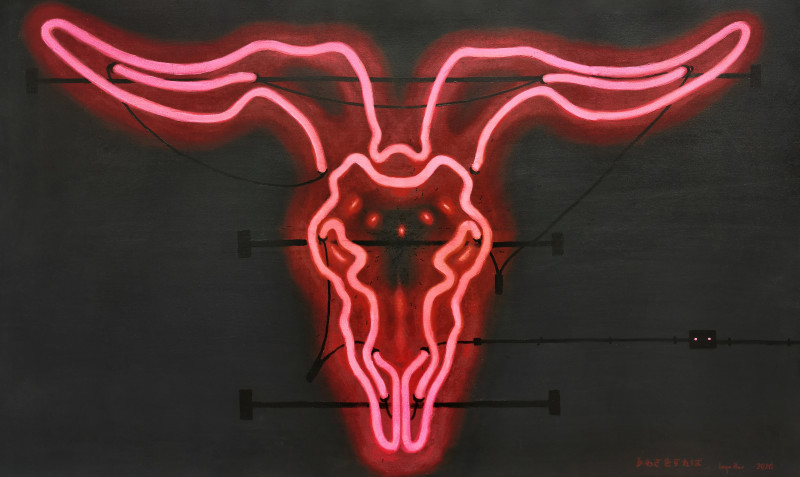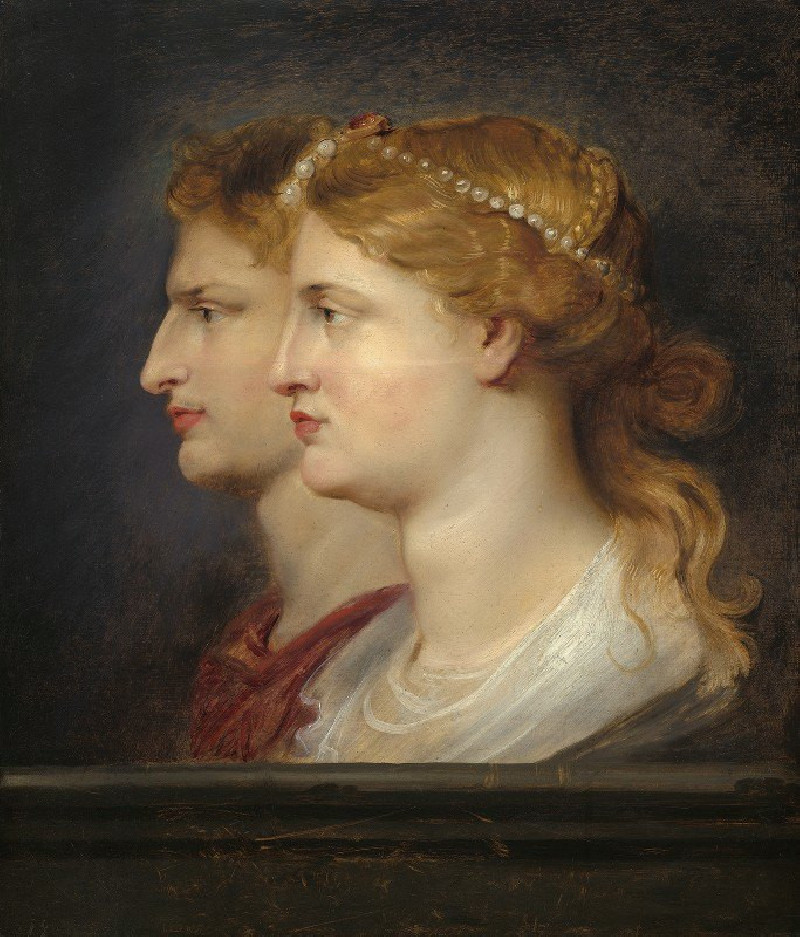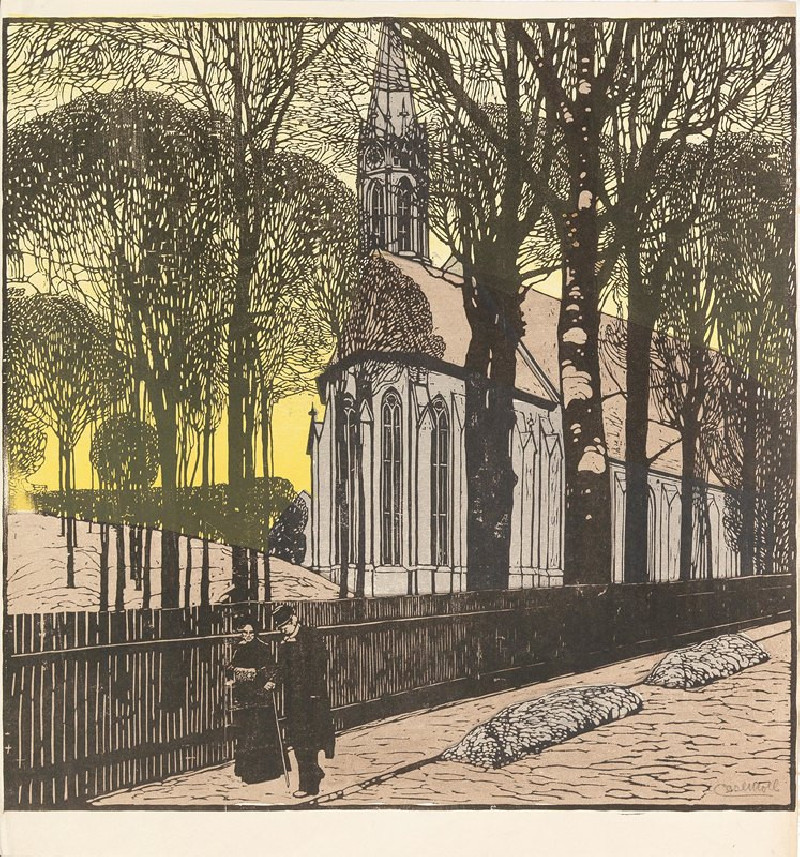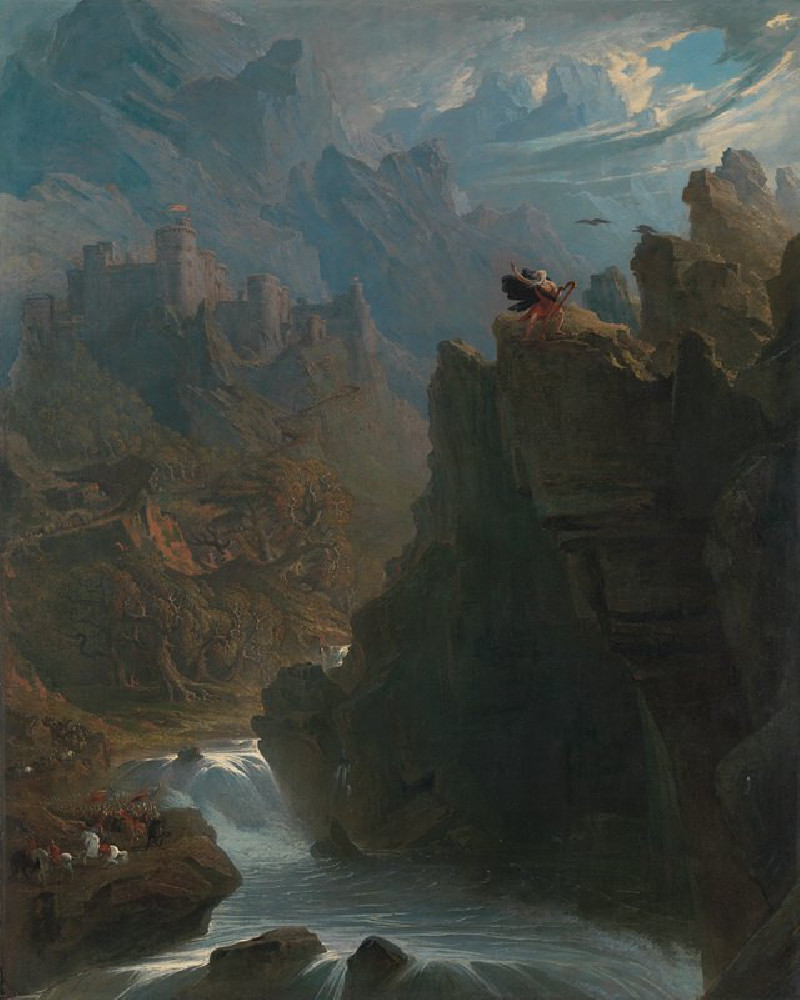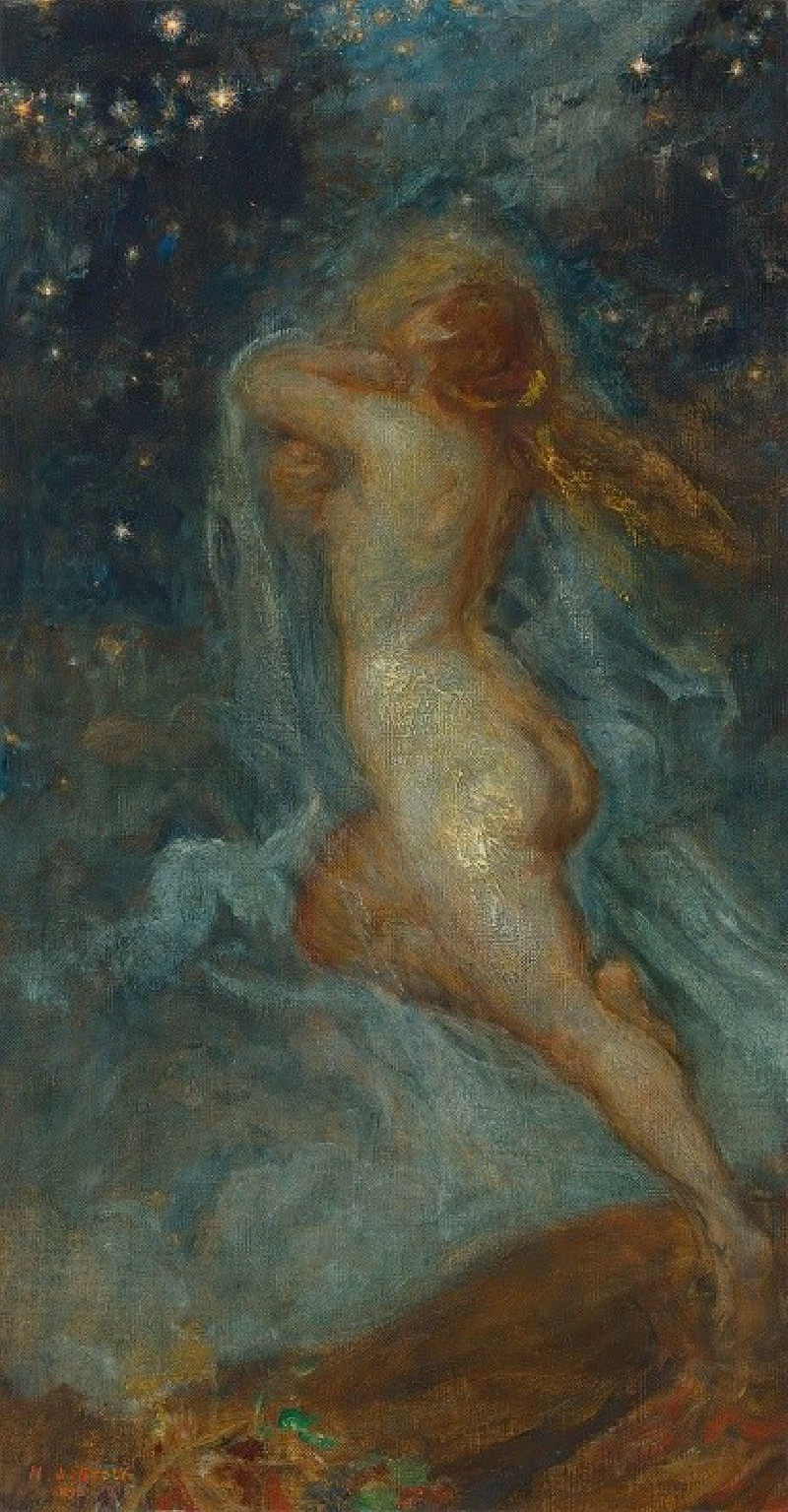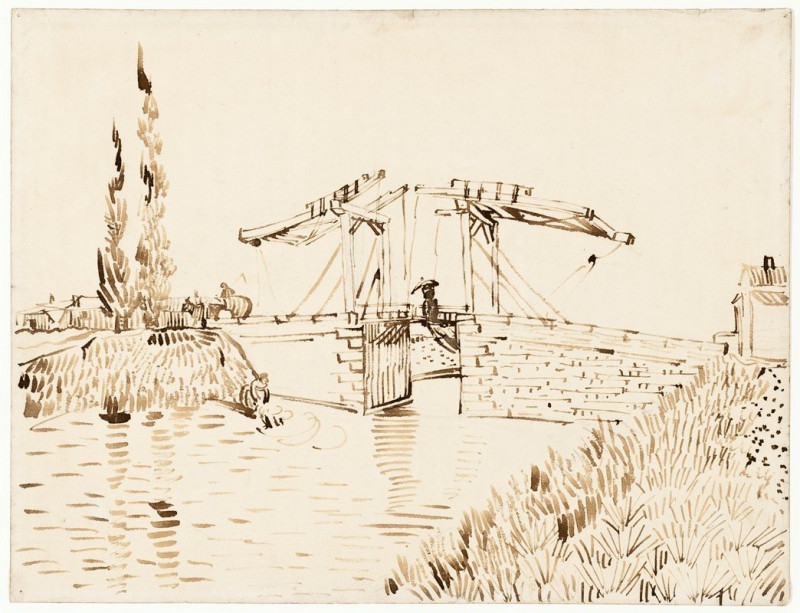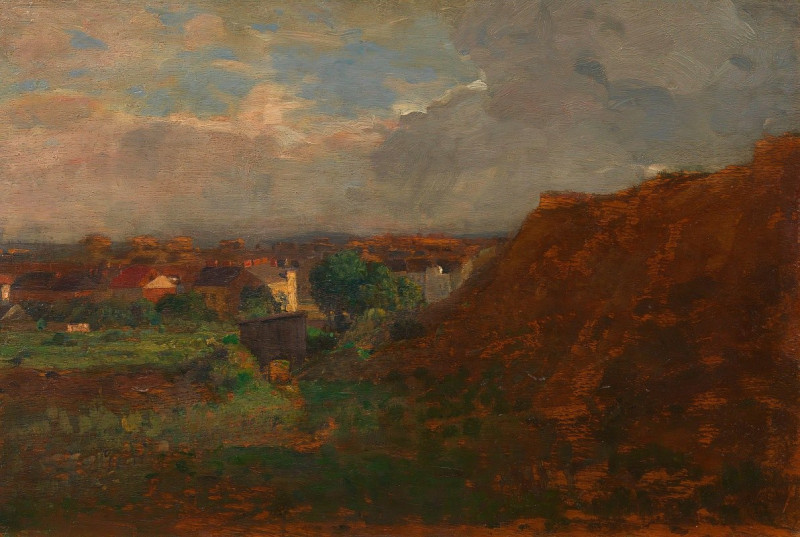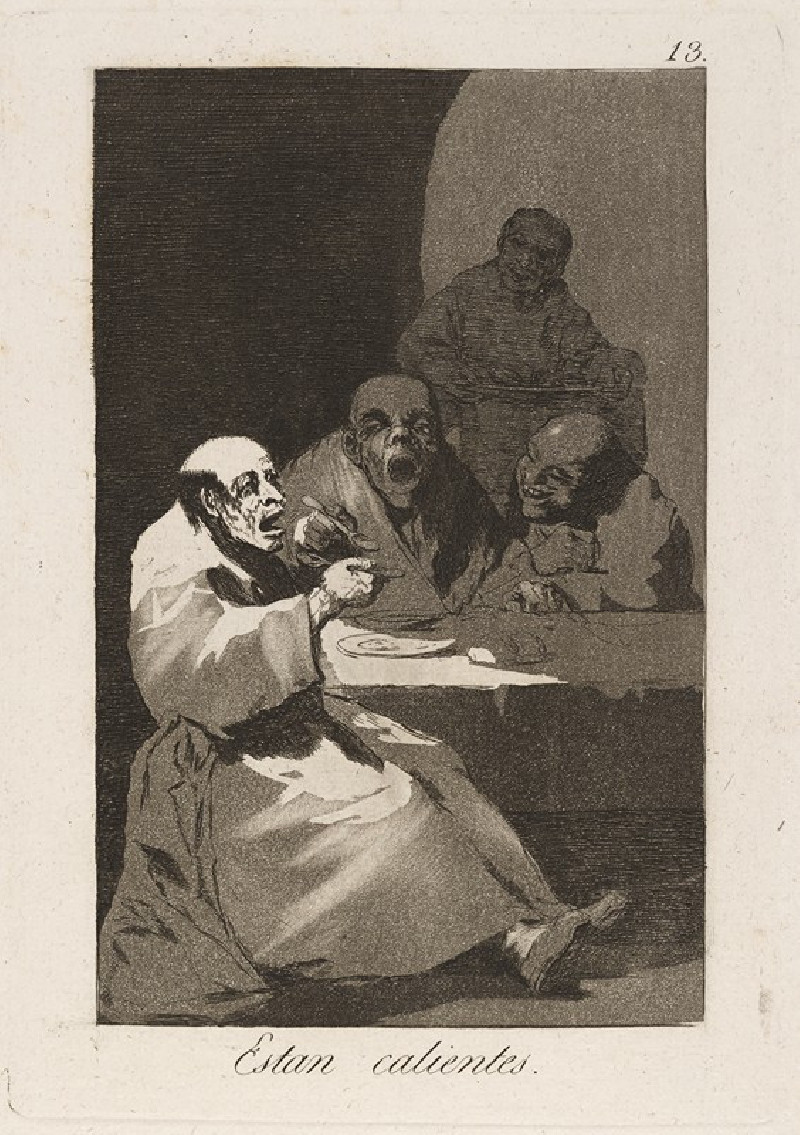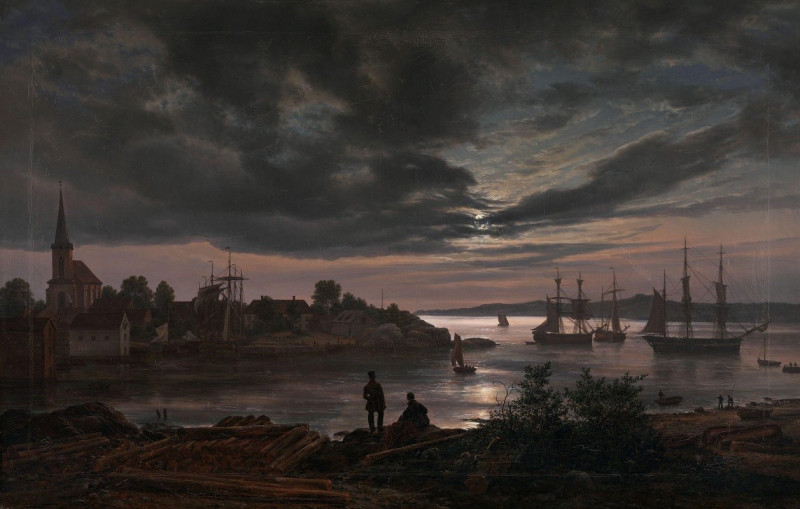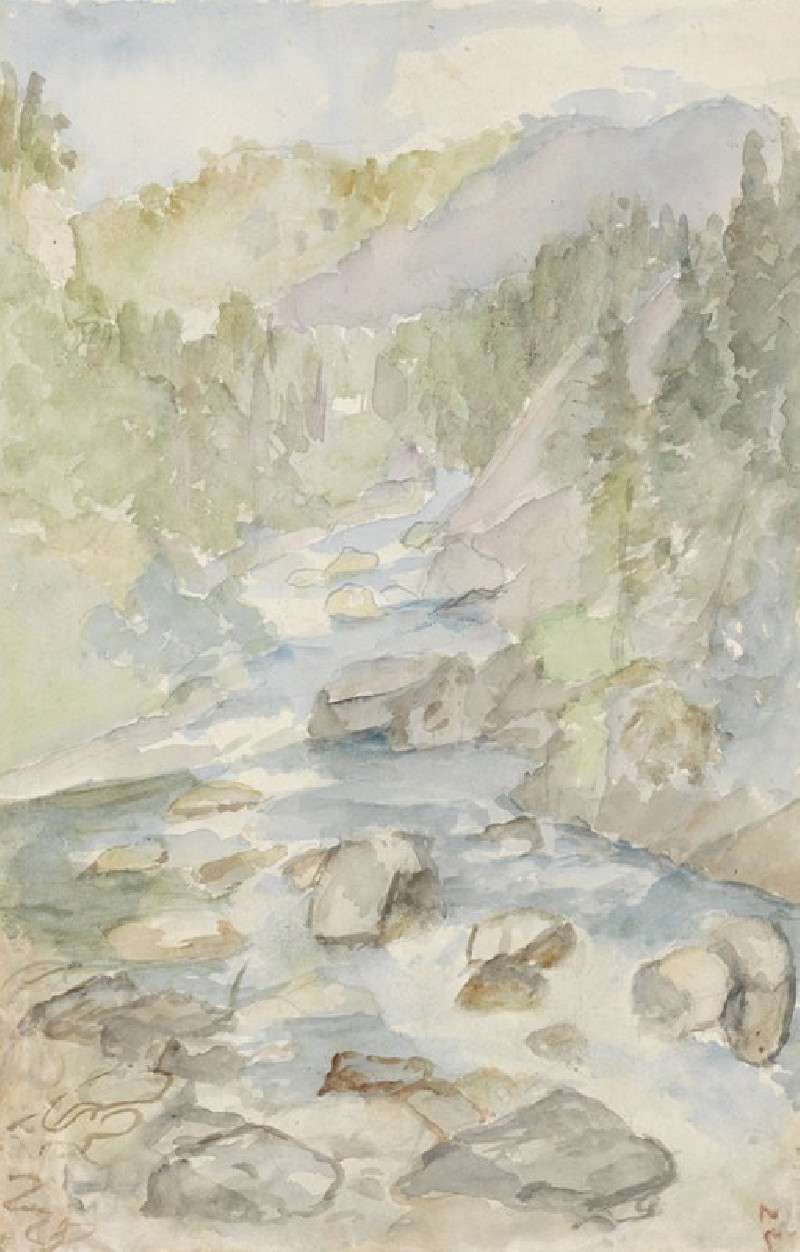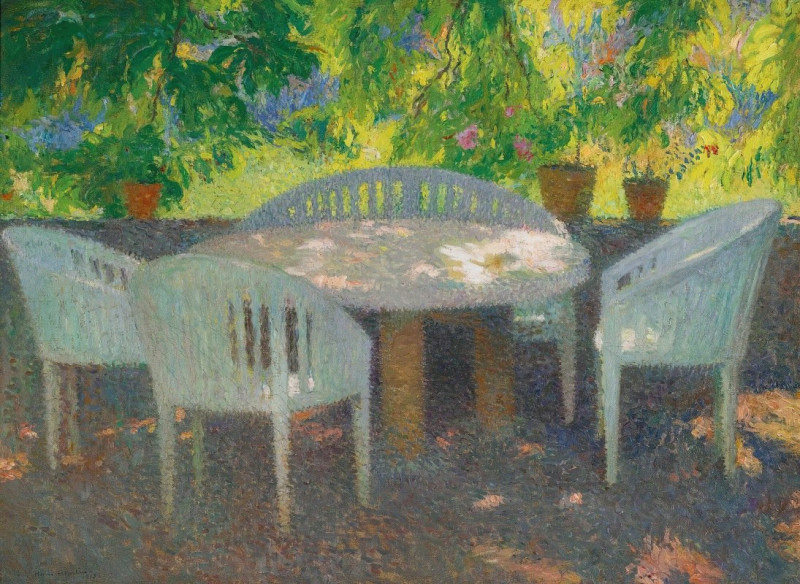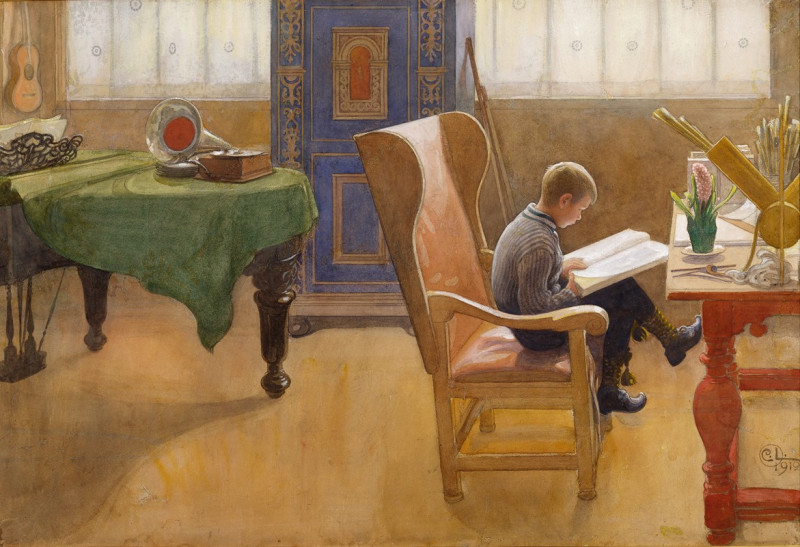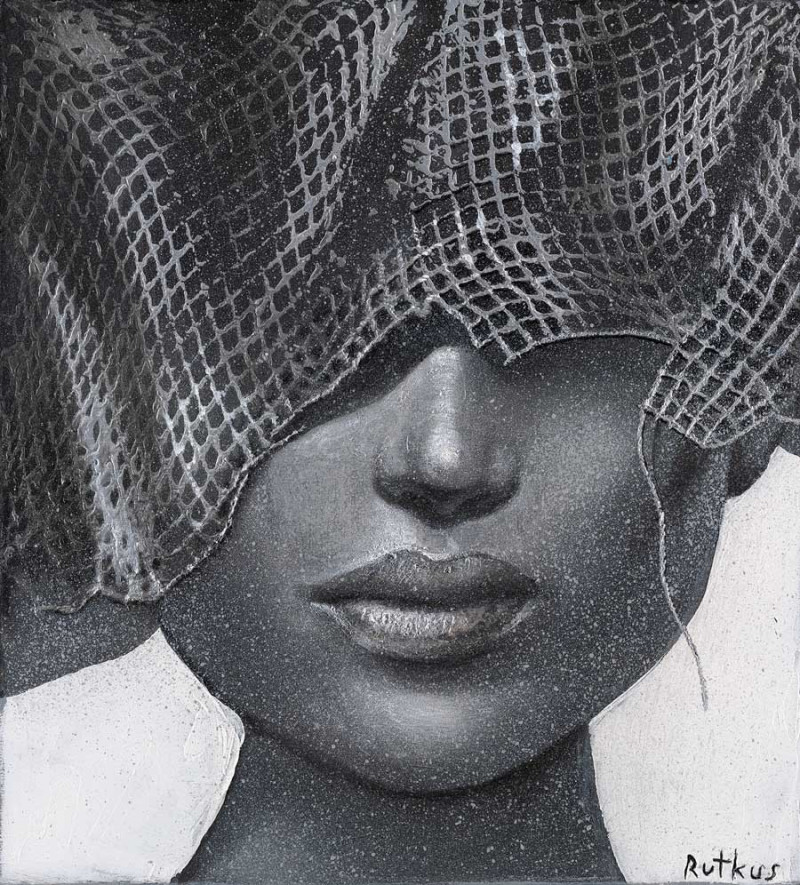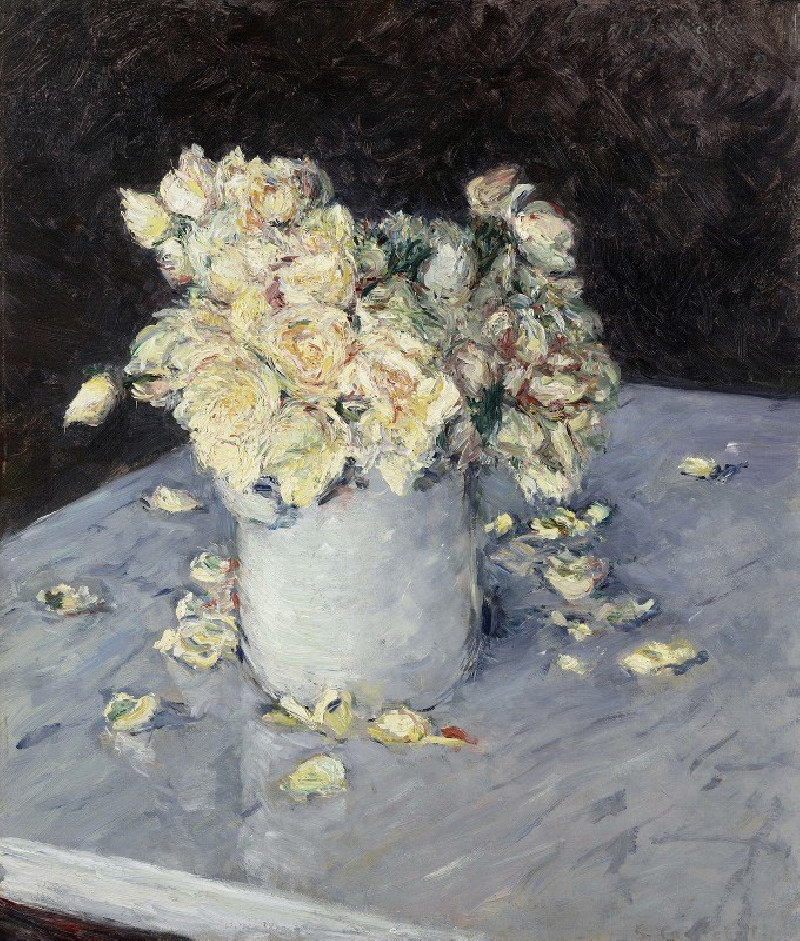Seven Masks From The Best 18 Plays
Technique: Giclée quality print
Recommended by our customers
More about this artwork
This striking piece of artwork by Toyohara Kunichika, titled "Seven Masks from The Best 18 Plays," captures the vivid and dynamic essence of Kabuki theatre, a traditional form of Japanese drama that's rich in spectacle and characterized by stylized acting and makeup.The painting presents a Kabuki actor in a dramatic pose, dressed in traditional costume. The actor is adorned in a bright red robe accented with bold floral motifs that symbolize various attributes such as bravery or elegance, depending on the context within the play. The robe is further complemented by striped fabric that adds depth and contrast to the attire.The actor’s face is portrayed with stark makeup, emphasizing bold, angular lines that denote intense emotional expressions, which are integral to Kabuki performance. The facial makeup, usually in stark whites, reds, and blacks, helps convey the character's role, personality, and fate within the narrative of the play.The actor’s hat is distinctively styled, typical of those used in period dramas, enhancing the historical and cultural context of the character being portrayed.

